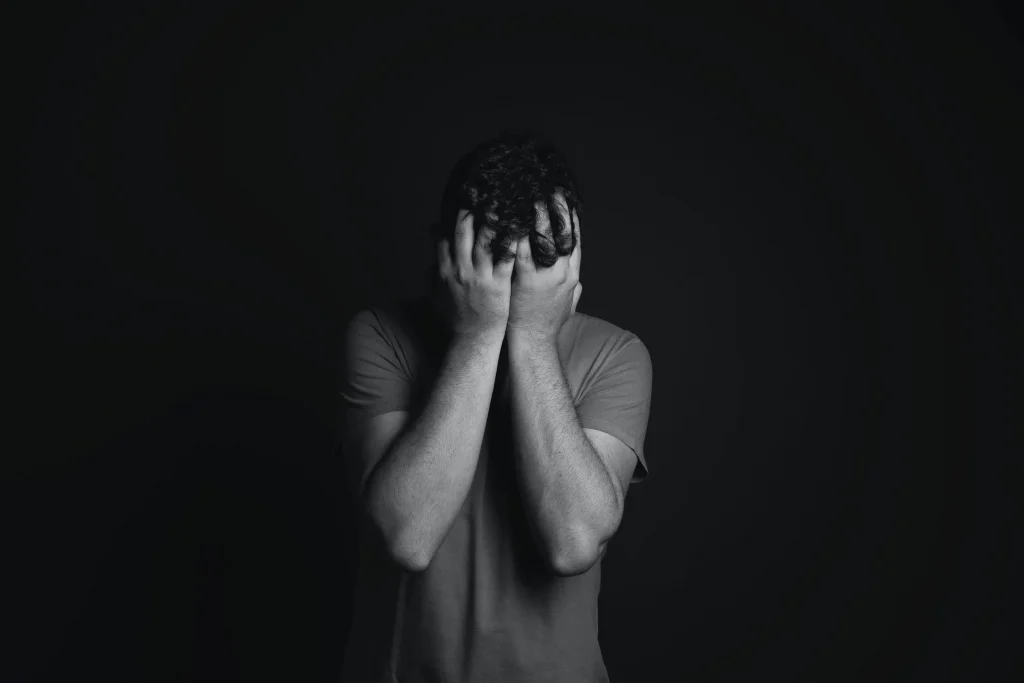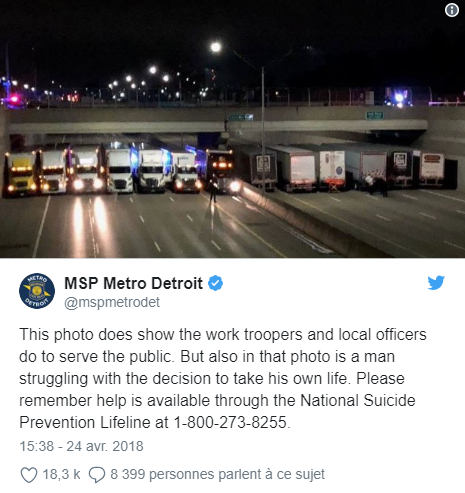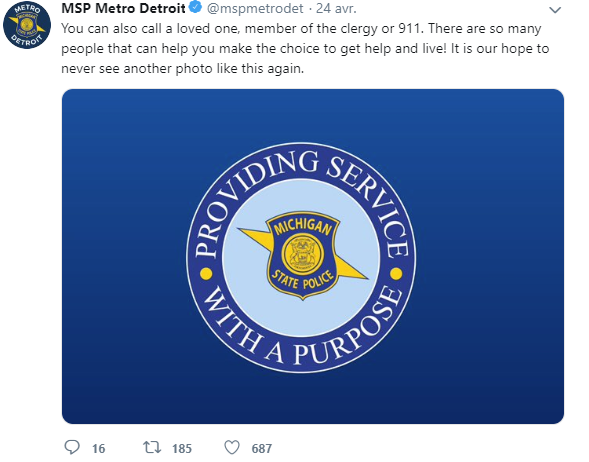
Just as the royal family seemed to settle into its familiar rhythm of public appearances and private tensions, an unforeseen crisis shattered the fragile peace.
News of a serious accident involving Prince Harry sent shockwaves from California all the way to London, prompting an urgent and discreet journey by King Charles.
Behind closed doors, a deeply personal drama unfolded—one that official statements barely touched. Old grievances resurfaced, and the delicate bonds holding the family together were tested like never before.
Prince Harry’s accident triggered a heartfelt and urgent reunion with King Charles, who flew to the United States to be at his son’s side.
The meeting carried profound weight, especially as King Charles is currently undergoing treatment for cancer—a fact Buckingham Palace confirmed earlier this year.

In response to the gravity of his father’s condition, Harry left Meghan and their children behind in California to make a solo trip to London. Their reunion was brief—less than an hour—but charged with emotion and honesty.
A royal insider shared, “This wasn’t a routine royal engagement. It was a son visiting his ailing father. They embraced, exchanged candid words, and despite years of strain, the love between them was undeniable.”
Yet, the visit also highlighted the widening gulf within the family. Harry departed the UK quietly, avoiding public events and royal residences. Those close to him describe a man “deeply troubled,” burdened by the painful awareness that illness and time may limit chances for reconciliation.
“He came hoping for healing, a meaningful conversation,” an insider explained. “But the moment was too fleeting. Now, back in California, he carries a heavy emotional toll.”
Public reaction has been mixed. Some commend Harry’s dedication and empathy, while others remain skeptical about whether true healing can occur after years of public conflict.
Still, many hold onto hope that this tender reunion could be the first step toward mending not only the father-son bond but also fractured ties with Prince William. Facing mounting pressures, how the family moves forward now may well shape their future.
Prince Harry has not spoken publicly about the meeting, but those closest to him affirm the pain is real—and that, despite distance and discord, his love for his father endures
Conclusion
From the freeing of a captive lion, to a sudden garden emergency, a heroic dog rescuing lost children, or a poignant royal reunion amid turmoil, these stories remind us that life’s fragility is matched only by the resilience of love and compassion. Crisis strips away pretenses, revealing raw emotion and true character, often inspiring hope in the darkest moments. Ultimately, it’s connection—between people, and between humans and animals—that sustains us through uncertainty and pain.
Powerful Undersea Earthquake Prompts Coastal Evacuations in Southern Alaska 
The earth didn’t just tremble — it unleashed a thunderous roar that shattered the pre-dawn stillness.
Along Alaska’s southern coast, sleep was ripped away as a relentless, rolling quake shook the land and sea. Yet what caught many off guard was not just the force of nature, but how swiftly emergency systems sprang to life—almost as if the disaster had been quietly anticipated. Was it mere luck, or had unseen signals been sounding well before the ground began to shake?
Early Morning Alert: Alaska’s Powerful Quake
Shortly after 2:30 a.m., a massive undersea earthquake registering 8.2 on the Richter scale struck near Alaska’s southern shores. The U.S. Geological Survey’s data sent ripples through emergency response teams, who immediately activated tsunami warnings and evacuation orders. Coastal communities moved fast, guided by drills and protocols, as residents braced for the uncertainty of aftershocks and possible tsunami waves.
Final Reflection
From the shockwaves beneath the ocean to the quiet bravery of rescuers saving forgotten animals, these stories remind us of a profound truth: crises reveal the spectrum of human spirit.
Whether confronting nature’s raw power or the scars left by neglect, survival hinges on preparedness, courage, and compassion. Time and again, these moments teach us that with vigilance and heart, even the fiercest challenges can be met—and overcome.
White House Backs Stock Trading Ban as Karoline Leavitt Slams Pelosi’s Investments 
The White House intensified its support for a proposed congressional stock trading ban after Press Secretary Karoline Leavitt directly criticized former House Speaker Nancy Pelosi over her controversial financial dealings.
Leavitt Calls Out Pelosi
During a press briefing, Leavitt cited Pelosi’s stock portfolio as the driving force behind growing public pressure for reform.
“The reason this idea—to put a ban on stock trading for members of Congress—is even being discussed is because of Nancy Pelosi,” Leavitt said. “She earns $174,000 a year, yet has a net worth of roughly $413 million. In 2024, her portfolio grew by 70 percent,
outperforming Warren Buffett and every major hedge fund on Wall Street.”
Leavitt argued that Pelosi’s investments, combined with public distrust of Washington, highlight the need for restrictions on lawmakers enriching themselves through insider knowledge.
“The president stands with the American people,” she added. “He doesn’t want to see members of Congress profiting off their positions while their constituents struggle.”
The PELOSI Act Gains Momentum
The criticism comes as Sen. Josh Hawley (R-Mo.) continues to push forward the Preventing Elected Leaders from Owning Securities and Investments Act, more commonly known as the
PELOSI Act. The legislation would bar lawmakers and their spouses from owning or trading individual stocks, limiting them instead to broad-based funds or U.S. Treasury bonds.
Hawley has argued that the bill is necessary to restore trust in government:“Members of Congress should be fighting for the people they were elected to serve—not day trading at the expense of their constituents,” he said earlier this year.
House Speaker Mike Johnson (R-La.) has voiced his support, as have several other Republicans and a handful of Democrats. President Donald Trump has also expressed interest, although disagreements over legislative details briefly sparked tension with Hawley.
Political Fallout and Next Steps
Republicans attempted to add an amendment requiring a public report on Pelosi and her husband’s trades, but the measure was blocked after Hawley sided with Senate Democrats. That move drew criticism from Trump, who called Hawley a “second-tier senator” on Truth Social. Hawley later described the clash as a misunderstanding, clarifying that the law would not apply to Trump or Vice President JD Vance.
The bill’s future now rests on negotiations between the White House and Congress. While passage is uncertain, the debate underscores how much Pelosi’s financial record has shaped the conversation.
For critics, Pelosi represents everything wrong with congressional trading. For her defenders, the focus risks turning bipartisan reform into a partisan feud. Either way, the pressure to act appears stronger than ever.
No One Knows Why 13 Truck Drivers Blocked The Highway, When They Found Out Why Tears Flow 
Bad things happen to us all throughout life. But all of a sudden our faith in humanity is restored when we hear stories about compassionate people who do good to others. To many of us it seems like people are getting worse in general, especially to those who were hurt in the past, but there are still people who are always there to offer a helping hand.
What happened on a Highway under a bridge on Interstate 696 in Huntington Woods, Michigan, left everyone in awe and hopefulness. People got really angry, as we all know how it feels like to be stuck on a highway without moving a single inch for hours, but when they found out the reason why 13 trailer trucks were placed in line under a bridge blocking the entire road, they weren’t
rushing anymore…

Initially, the truck drivers gathered to help State trooper Michael Shaw who got an emergency call about a person trying to commit suicide by jumping off the bridge.
Shaw got a great idea, but for the idea to came to its fruition, he needed additional help. He rushed to call a traffic cop and asked him to redirect the traffic elsewhere to avoid even bigger mess. The truck drivers were more than happy to assist!

By parking under the bridge, as seen in the picture, they lowered the height of the jump so the man could survive with less injuries which would otherwise be a fatal fall. What’s even better, there’s a happy ending of this story because after four hours of negotiation the man was taken off the bridge and offered psychological help.

The day was saved, thanks to State trooper Michael Shaw, the heroic truck drivers and all the people who assisted to save this person’s life. We are thankful that there are still people out there like these kindhearted drivers!
“Clown, Applause, and the End of the World: The Lesson Behind Kierkegaard’s Fire” 
Kierkegaard’s Fire: Why We Laugh While the World Burns
Imagine sitting in a crowded theater, surrounded by laughter and applause. Suddenly, a man rushes onto the stage, shouting a warning: there’s a fire backstage. But instead of panicking, the audience erupts in laughter—they think it’s part of the act.

This isn’t just a dark joke. It’s a powerful metaphor from the 19th-century Danish philosopher Søren Kierkegaard, who used this image to illustrate one of humanity’s most dangerous traits: our ability to ignore real danger—especially when it’s delivered by an unexpected messenger.
The Deeper Meaning
In Kierkegaard’s parable, the clown is telling the truth. But because he’s a clown—meant to entertain, not warn—his message is dismissed as a performance. The audience doesn’t believe him until it’s too late.
Kierkegaard concluded with haunting clarity: “The world will end not with a scream, but with applause.”
This metaphor critiques not only how we treat messengers, but also our addiction to comfort, distraction, and disbelief. It reflects how people tend to laugh off warnings, especially when they disrupt the illusion of normalcy.
Why It Still Matters
Kierkegaard’s metaphor is timeless—and more relevant now than ever:
Climate Change: Scientists have sounded the alarm for decades, yet action remains sluggish. Like the theater audience, we’re distracted, entertained, and largely passive.
Public Health: From pandemics to chronic disease, experts issue warnings, but often they’re ignored until consequences become personal—and irreversible.
Mental Health, Technology, Political Instability: Warning signs are everywhere, yet we scroll past them, assuming someone else will deal with it.
Key Lessons
Heed the message—even if the messenger seems unlikely. Truth doesn’t always wear a suit or come with credentials.
Don’t confuse comfort with safety. Just because a room is full of laughter doesn’t mean there’s no fire behind the curtain.
Act early. Once the flames are visible, it may already be too late.
Resist the pull of distraction. Entertainment is not a shield against reality.
Final Thought
Kierkegaard wasn’t warning us about theaters. He was warning us about ourselves.
In a world that drowns in noise, it’s easy to dismiss uncomfortable truths—especially when they’re wrapped in humor, unconventional voices, or inconvenient timing. But real danger doesn’t wait for belief. It just keeps burning.
So the next time someone shouts “fire” in a world too busy clapping, pause and look. The future may depend on it.